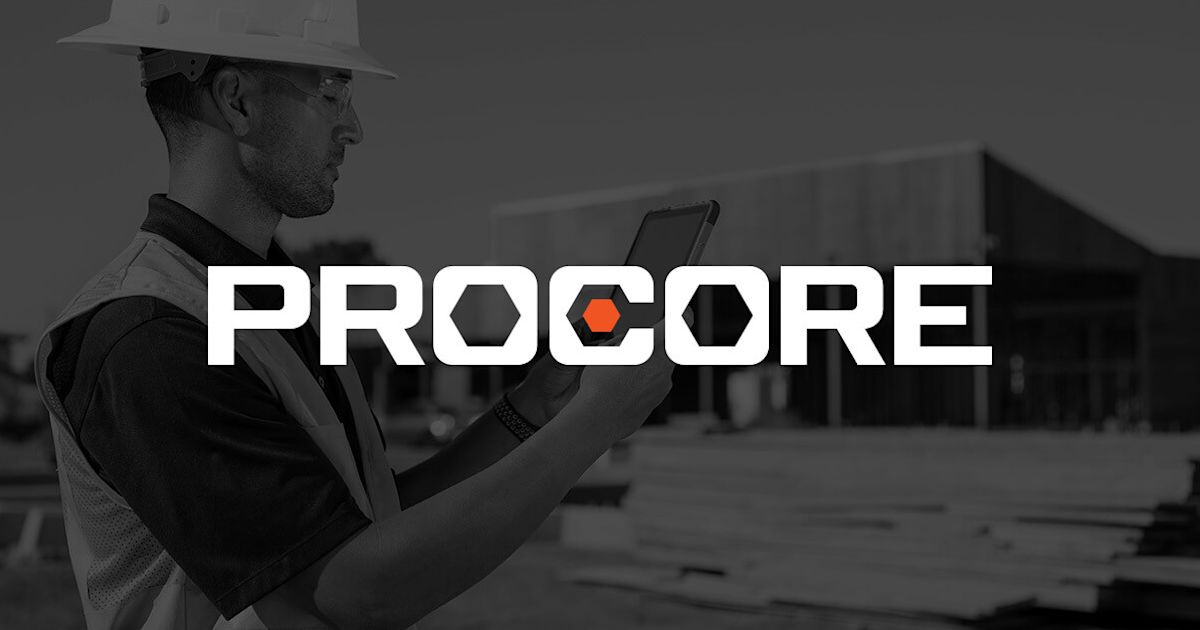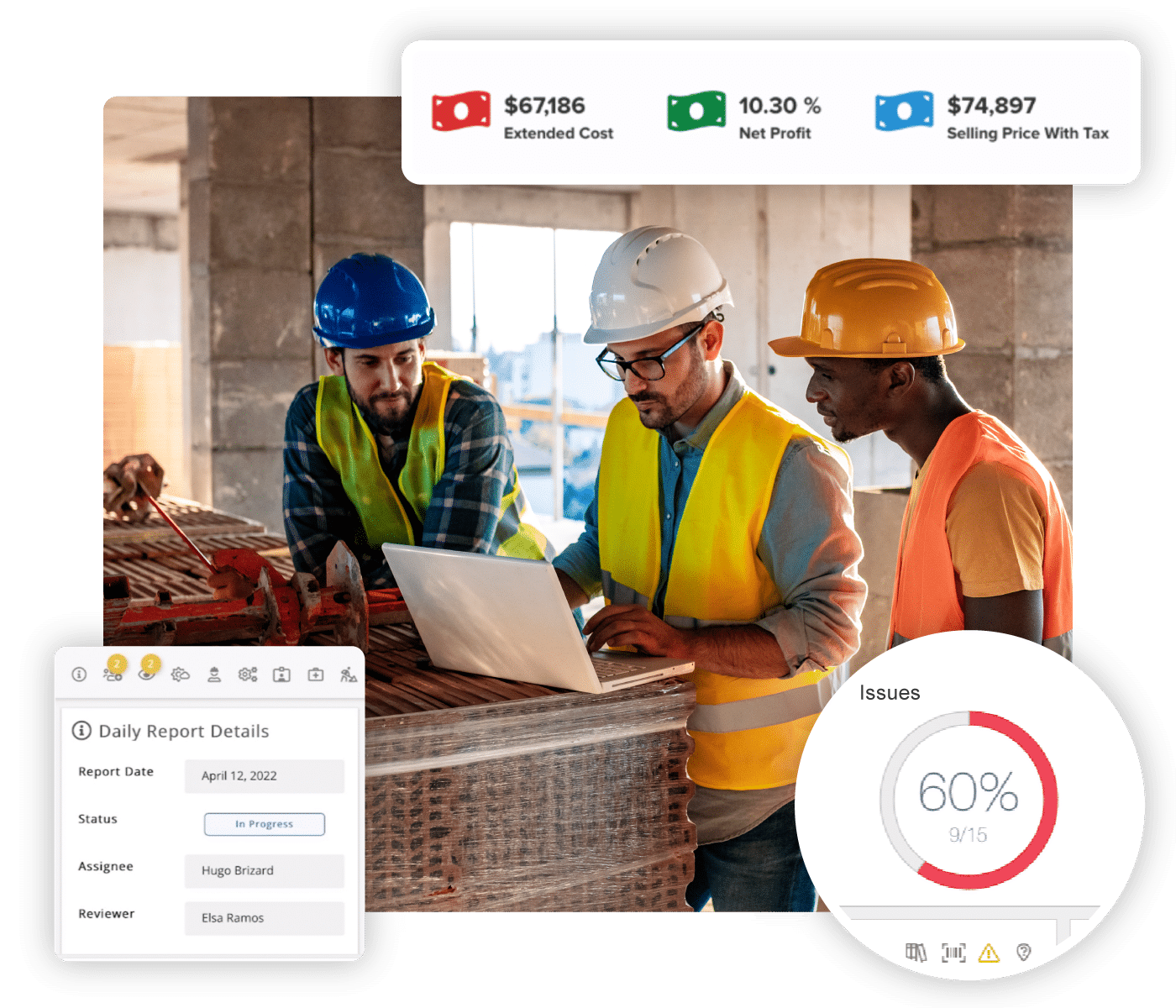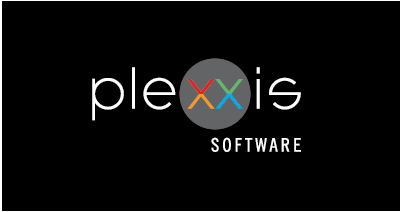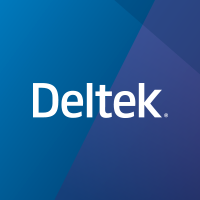Introduction
Accurate construction estimating is crucial for contractors to be profitable in an increasingly competitive industry. While spreadsheets and manual takeoffs were standard in the past, new cloud-based estimating platforms offer powerful automated solutions to streamline the bidding process. This guide evaluates the top 15 construction estimating software options based on features, ease of use, integration capabilities, pricing and reviews to help you find the right fit.
Methods of Evaluation
The companies were evaluated based on key criteria including estimating capabilities, cost, mobile features, integrations, and customer reviews. Additional factors like number of organic backlinks, traffic and monthly search volume for target keyword phrases were also considered to determine the ranking and popularity of each vendor. Online demos and free trials were used to assess the usability and functionality of each platform.
1. Trimble ProjectSight
Trimble ProjectSight is a cloud-based construction collaboration platform developed by Trimble. It provides a suite of tools to help streamline project management, estimating, document controls and more throughout the entire construction lifecycle.
Pros: Some key advantages of Trimble ProjectSight include:
– Cloud-based platform allows for easy collaboration from anywhere
– Mobile apps provide access to critical project data out in the field
– Integrated augmented reality tools improve visualization of designs and models
– Comprehensive project management tools keep all teams and stakeholders on the same page
Cons: A potential disadvantage is that the monthly subscription pricing model may not suit all budget types, especially for smaller contractors just starting out.
Pricing: Trimble ProjectSight offers flexible monthly pricing based on the number of users. Pricing typically starts around $50 per user per month for basic access and scales up based on additional features and capabilities required.
Some key stats about Trimble ProjectSight include:
– Used by over 10,000 contractors globally
– Integrates seamlessly with popular accounting packages like Timberline, Sage, and others
– Supports over 30 different file types for document management
2. Procore
Procore is a leading construction project management software. Founded in 2002 and based in California, Procore connects everyone involved on a construction project – from owners, general contractors, and architects to subcontractors and engineers – in a single shared platform to optimize project management.
Pros: Some key advantages of Procore include:
– End-to-end project management capabilities including estimating, scheduling, quality/safety, and accounting in one integrated platform
– Mobile apps allowing access from any device on site for tasks like daily reports, RFIs, and punchlists
– Optional field task management to assign and track work crews on site
– Robust reporting and analytics to track costs, budgets, schedules, and more across projects
Cons: A potential disadvantage is that the full capabilities of Procore require purchasing higher priced plans which may not be suitable for smaller contractors on tighter budgets.
Pricing: Procore offers various pricing tiers based on the number of users and projects needed. Starting annual plans begin at $99/user for 5 or fewer users and $75/user for 6 or more users up to Enterprise level custom pricing for the largest contractors.
Some key stats about Procore include:
– Used by over 1 million users worldwide on over 1 million projects globally
– Over $100 billion worth of construction volume managed on the platform each year
– Available in 12 languages to support international contractors
3. STACK Estimating
STACK Estimating is construction estimating software created specifically for contractors. In business since 2004, STACK has focused exclusively on providing estimating, project management and accounting tools for general contractors. With specialized modules for metal fabrication, electrical, plumbing and other trades, STACK allows contractors to generate accurate takeoff-driven estimates from CAD drawings and syncs seamlessly with accounting software like QuickBooks.
Pros: Some key advantages of STACK Estimating include:
– Industry-specific functionality for trades like metal fabrication, plumbing and electrical
– Seamless syncing with accounting software for automatic data transfer
– Automatic generation of BOMs directly from CAD drawings
– Powerful reporting and analytics on estimating, job costs and profitability
Cons: A potential disadvantage is the upfront cost may be higher than some other estimating software options. Implementation also requires some configuration to fully utilize STACK’s specialized features for different trades.
Pricing: STACK Estimating pricing starts at $149/month for the basic CorePlan subscription. Feature-rich ProPlan subscriptions are $249/month. Additional module licensing and per-user fees apply. Volume discounts are available for larger contractor fleets. Implementation, training and support services are also offered by STACK’s professional services team.
Some key stats about STACK Estimating include:
– Used by over 10,000 contractors globally
– Integrates directly with 20+ CAD programs including AutoCAD, Revit and SketchUp
– Automatic generation of Bills of Materials (BOMs) from CAD files saves hours of manual takeoff work
– Offers specialized templates and assemblies for various trades like metal fabrication, plumbing and electrical
4. Trimble Tekla Structures
Tekla Structures is construction estimating software developed by Trimble. As a leader in Building Information Modeling (BIM) software, Tekla Structures provides 3D modeling tools and integrated estimating modules to help structural engineers and contractors accurately model, measure, and estimate construction projects.
Pros: Main advantages of Tekla Structures include:
– BIM software with integrated estimating modules for efficient take-offs directly from the 3D model
– IntelligentQuantity module that leverages machine learning for more accurate measurements and take-offs
– Integrations with other Trimble solutions like Tekla Tedds for prefabrication planning and Trimble Connect for collaboration
Cons: A potential disadvantage is the upfront investment and learning curve required to fully utilize all of Tekla Structures’ advanced BIM and estimating capabilities.
Pricing: Tekla Structures pricing starts at $5,000 per user per year for the basic package. Additional modules like IntelligentQuantity and integrations are sold separately with pricing varying based on project scope and needs.
Some key stats about Tekla Structures include:
– Used on over 80,000 projects worldwide
– Over 25 years of industry experience in providing BIM solutions
– Strong integration capabilities with other Trimble offerings like Tekla Tedds and Trimble Connect
5. Viewpoint For Construction
Viewpoint For Construction is a comprehensive construction management software created by Viewpoint. Viewpoint has been helping construction companies manage their projects, finances and field operations for over 30 years. With over 8,000 construction firms using Viewpoint worldwide, it is one of the leading construction software on the market.
Pros: Some key advantages of Viewpoint include:
– Comprehensive operations management suite that handles all aspects of a construction business
– Major focus on improving field productivity and communications
– Integrated CRM, financial and project solutions on a single platform for efficiency
Cons: A potential disadvantage is the complexity of the full-featured solution which may have a steep learning curve for some users.
Pricing: Viewpoint offers flexible pricing models depending on business needs and budget. Pricing typically starts at $95 per user per month for basic functionality and scales up based on number of users, modules, customizations and support required.
Some key stats about Viewpoint include:
– It supports over 8,000 construction companies globally
– Offers a unified platform to manage accounting, project management and field operations
– Integrates CRM, financials and project management in one system
– Over 30 years of experience in the construction software industry
6. eSUB Construction Software
eSUB Construction Software is a cloud-based construction management platform designed specifically for subcontractors and trades. Founded in 1999 and based in Las Vegas, eSUB provides a complete operations platform that helps subcontractors manage their estimating, projects, financials, and more through an intuitive dashboard.
Pros: Some of the key advantages of eSUB Construction Software include:
– Complete platform specifically for subs that handles all aspects of operations in one place
– Estimating module that streamlines the bid process
– Project management that offers tools for schedules, RFIs, submittals and more
– Comprehensive reporting and analytics to track KPIs
– Customizable workflows that can be tailored for different trades
Cons: One potential disadvantage is the learning curve for new users to get acquainted with all the modules and customized features. Training and support is included but it may take time to fully optimize the platform.
Pricing: eSUB offers flexible pricing plans tailored for contractors of all sizes. Starting plans begin at $99/month for a basic package and scale up based on number of users and modules needed. Free trials are available to test the full platform before committing.
Some key stats about eSUB Construction Software include:
– Used by over 5,000 subcontractors globally
– Platform can be accessed via web or mobile apps
– Integrates with popular accounting software like QuickBooks
– Average subcontractor sees 15-20% increase in margins after implementing eSUB
7. Buildertrend
Buildertrend is a leading construction project management software used by home builders, general contractors, remodelers, and subcontractors. Founded in 2004 and based in Idaho, Buildertrend helps construction professionals manage their projects, finances, and team communication in one integrated cloud-based platform.
Pros: Some key advantages of using Buildertrend include:
– Detailed takeoff capabilities that help create accurate estimates from blueprints
– Integrations with popular accounting software like QuickBooks to streamline billing and payments
– Cloud-based software allows access from any device so teams can work remotely
– Customizable templates and workflows that can be tailored for different project and company types
Cons: One potential disadvantage is that the program has a robust set of features that may be overkill for smaller contractors just starting out. The learning curve could be steep compared to simpler estimating alternatives.
Pricing: Buildertrend offers several pricing tiers based on the number of users and projects. Monthly rates start at $99 per month for the basic plan for up to 3 users and 25 projects. Construction-specific features are only available in the mid-range $249/month and premium $499/month plans.
Some key stats about Buildertrend include:
– Used by over 15,000 construction companies
– Supports over 1 million tradespeople
– Overseen more than $500 billion in construction projects
– Maintains a 98% customer retention rate
8. Xactware
Xactware is a leading provider of property estimating solutions. For over 30 years, Xactware has helped insurance carriers, appraisers, adjusters and restoration contractors quickly and accurately estimate property damages. With specialized tools, integrated estimating capabilities and industry-leading data, Xactware remains the trusted provider for estimating property losses.
Pros: Key advantages of Xactware solutions include:
– Specialized tools for insurance claims adjusters to quickly and accurately document damages
– Integrated estimating, 3D modeling and drone mapping capabilities for a holistic view of losses
– Leading choice for property restoration contractors with estimating integration and insights
Cons: A potential disadvantage is the upfront investment required to purchase and implement Xactware’s premium software solutions. However, the integrated capabilities help offset costs by streamlining the estimating process.
Pricing: Xactware offers flexible pricing plans depending on business needs. Pricing typically includes an upfront license fee and recurring annual subscriptions. Custom packages and integrations are also available for larger organizations.
Some key stats about Xactware include:
– Used by over 25,000 insurance professionals worldwide daily
– Contains over 10 billion data points on building costs and materials
– Processes over $150 billion in property claims annually
9. RedTeam
RedTeam is a leading construction estimating and project management software. Founded in 2005 and based in San Francisco, RedTeam provides an all-in-one commercial construction platform to streamline preconstruction, project management and financial processes.
Pros: Some key advantages of RedTeam include:
– Cloud-based platform accessible from any device
– Collaborative estimating and bidding capabilities allow teams to work together seamlessly
– Integrates other preconstruction and project management features like scheduling, RFIs, submittals and more into one system
Cons: One potential disadvantage is RedTeam is primarily suited for medium to large commercial contractors rather than small residential contractors due to its feature set and pricing.
Pricing: RedTeam offers flexible pricing plans starting at $99 per user per month for its Essentials plan up to custom enterprise plans. Pricing is based on the number of users, projects and additional modules needed like project management and financials.
Some key stats about RedTeam include:
– Used by over 5,000 general contractors and specialty contractors worldwide
– Projects managed total over $100 billion in construction value
– Integrates with over 300 equipment vendors to access real-time pricing
10. STACK Construction Technologies
STACK Construction Technologies is a cloud-based construction management software company. Founded in 2012, STACK aims to streamline business processes for general contractors, subcontractors, owners and engineers. The company offers a full suite of construction software solutions including estimating, operations, project management and accounting integrations.
Pros: Some key advantages of STACK’s construction software include:
– Mobile field apps integrated with desktop software for anytime, anywhere access
– Powerful takeoff and estimating modules to improve bid accuracy
– Project management and accounting integrations for seamless data sharing and reporting
Cons: A potential disadvantage is that STACK is a cloud-based solution which requires an internet connection to access the full features and functionality. This could be an issue for some contractors who need offline access in remote locations with limited connectivity.
Pricing: STACK offers flexible pricing plans ranging from $49-199 per user per month depending on the selected modules and number of users. All plans include support and updates. The company also offers a free 30-day trial to test the full features without commitment.
Some key stats about STACK include:
– Over 10,000 registered users
– Customers in 30+ countries worldwide
– Integrations with over 50 accounting and project management solutions
11. On Center Software
On Center Software is a construction estimating and takeoff software that has been an industry leader since 1998. They provide a cloud-based solution for managing all aspects of construction projects from estimating to takeoffs. With On Center, contractors can generate accurate estimates, track labor and materials, and manage schedules and budgets throughout the construction process.
Pros: Some key advantages of On Center Software include:
– Cloud-based solution that allows access from any device
– Powerful and customizable takeoff and estimating tools
– Integrates project management capabilities like scheduling and budgeting
– Seamless integration with accounting, payroll and other business systems
– Robust reporting and analytics to track project progress and profitability
Cons: One potential disadvantage is that the software may have a learning curve for contractors used to spreadsheets or legacy estimating programs. However, On Center provides excellent support and training resources to help users get up to speed.
Pricing: Pricing for On Center Software starts at $99 per month for a basic plan ideal for small businesses or freelancers. For larger firms, they offer customized enterprise plans starting at $199 per month.
Some key stats about On Center Software include:
– Used by over 15,000 contractors worldwide
– Over 25 years of experience in the construction software industry
– Integrates with popular accounting software like QuickBooks, Sage 50, and others
– Supports a variety of project types including commercial, residential, heavy civil, and more
12. Jonas Construction Software
Jonas Construction Software is a leading construction ERP platform specifically designed for mechanical and specialty contractors. Founded in 1999, the company offers integrated construction software solutions to help contractors streamline operations and protect profits.
Pros: Some key advantages of Jonas Construction Software include:
– Comprehensive construction ERP solution to manage the entire business lifecycle
– Modules for estimating, projects, accounting and other crucial functions
– Highly customizable workflows and integrations to fit any contracting company
– Dedicated implementation and support team to ensure successful adoption
Cons: A potential disadvantage is that the highly-customizable nature of the software means implementation requires more time and resources compared to out-of-the-box solutions.
Pricing: Jonas Construction Software pricing is customizable based on business needs. Generally, clients can expect an annual Software as a Service (SaaS) fee starting around $150 per user per month including unlimited phone and email support.
Some key stats about Jonas Construction Software include:
– Used by over 2,500 contracting firms globally
– Integrated modules for estimating, projects, accounting, and more
– Customizable to fit unique business needs and processes
– Trusted partner to contractors for over 20 years
13. Plexxis Estimating
Plexxis Estimating is construction estimating software developed by Plexxis to help subcontractors and general contractors streamline the estimating process. Plexxis provides automated takeoffs, material pricing, and job cost management functionality to help users prepare more accurate and competitive bids in less time.
Pros: The main advantages of Plexxis Estimating include:
– Fast, automated takeoffs save significant time on quantity measurements.
– Easy lookups and database pricing reduces risk of missing or incorrect items.
– Integrations with accounting software streamlines the bidding to job costing process.
– Real-time team collaboration improves communication and ensures everyone is working with the latest information.
Cons: One potential disadvantage is that the initial implementation and setup requires some time and effort to import company templates, material pricing, and ensuring all team members are trained.
Pricing: Pricing for Plexxis Estimating starts at $99 per user per month for the basic plan, which supports up to 3 users. Their most popular plan is $149 per user per month and supports up to 10 users. Additional users can be added for $15 per user per month. There are no long term contracts required.
Some key stats and capabilities of Plexxis Estimating include:
– Automates 90% of quantity takeoffs from CAD files for faster bid preparation.
– Integrates with accounting systems like Sage 300, Sage 100, Quickbooks, etc. for seamless job costing.
– Comes with a material pricing database of over 500,000 items that can be customized.
– Allows real-time collaboration on bids between office and field teams.
14. ComputerEase Construction Suite
Deltek ComputerEase Construction Suite is a complete construction software solution for estimating, accounting, project management and more. In business for over 30 years, ComputerEase helps contractors of all sizes manage their projects from pre-construction through closeout.
Pros: Key advantages of ComputerEase Construction Suite include:
– Fully integrated solution that eliminates data entry across modules
– Templates and workflow tools that streamline repetitive tasks like bidding
– Flexible project budgeting and reporting to keep projects on track
– Robust estimating tools to build accurate bids quickly
Cons: One potential disadvantage is the upfront investment required for the full-featured solution. The software may have more capabilities than needed for smaller contractors.
Pricing: Pricing for ComputerEase Construction Suite depends on the number of users and modules licensed. Starting pricing is around $150 per user per month for basic accounting and project management. Integrated solutions with estimating, payroll and additional modules can range from $250-$500 per user per month.
Some key stats about ComputerEase Construction Suite include:
– Used by over 35,000 construction firms worldwide
– Integrated modules for estimating, accounting, payroll, project management and more
– Customizable templates and reports to meet unique business needs
15. Contractor Foreman
Contractor Foreman is an all-in-one construction management software specifically designed for general contractors. Founded in 2014, Contractor Foreman is headquartered in Los Angeles and has become a trusted solution for contractors around the world. The software integrates job cost accounting, labor and equipment tracking, scheduling, and more into a single platform to help contractors run their entire business.
Pros: Some key advantages of Contractor Foreman include:
– Specifically designed for general contractors and their unique workflow needs
– Integrates job cost accounting directly into estimating, bidding, and project management
– Allows for detailed tracking of labor hours, equipment usage, and expenses by job and cost code
– Features mobile apps for iOS and Android to allow field staff to manage tasks from anywhere
Cons: One potential disadvantage is that as a relatively affordable all-in-one solution, it may lack some specialized features found in higher-end or more expensive construction software products focused on a single area like estimating or project management.
Pricing: Contractor Foreman offers affordable pricing plans starting at $49 per month for the Essentials plan.
Some key stats about Contractor Foreman include:
– Used by over 50,000 contractors in more than 75 countries
– Rated by Forbes as the easiest construction software to use
– Supports 20+ integrations including QuickBooks, Sage 50, and Procore
– Wins several awards including ‘Best Construction Project Management Software’ by SIIA CODiE Awards
Conclusion
Choosing the right construction estimating software tool can save contractors significant time and improve accuracy of bids. While none of the solutions will be a perfect fit for every company, this guide highlights the leading options to make an informed selection. Thorough vendor evaluations accounting for project needs, budget and preferred workflows are recommended before committing to any platform long-term.















